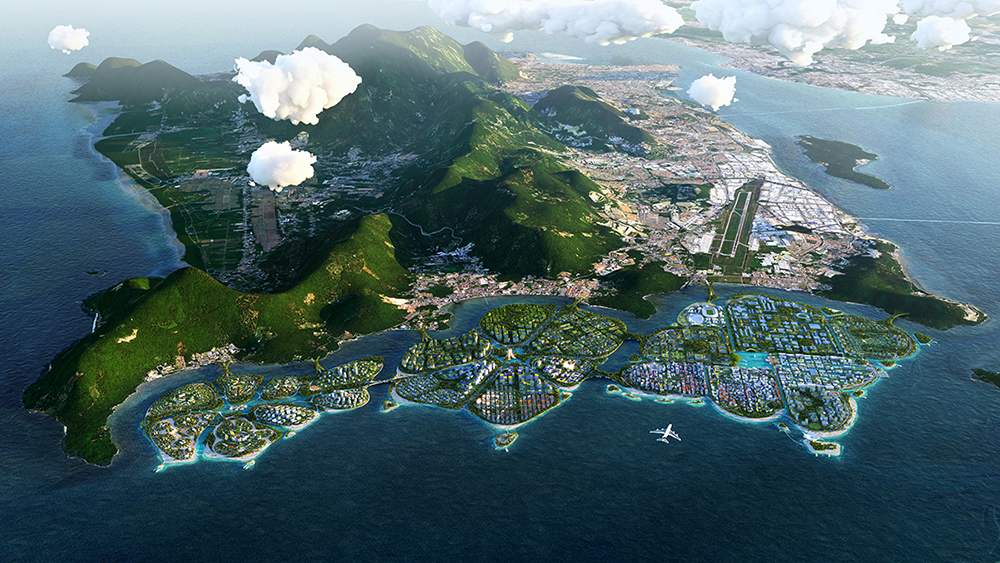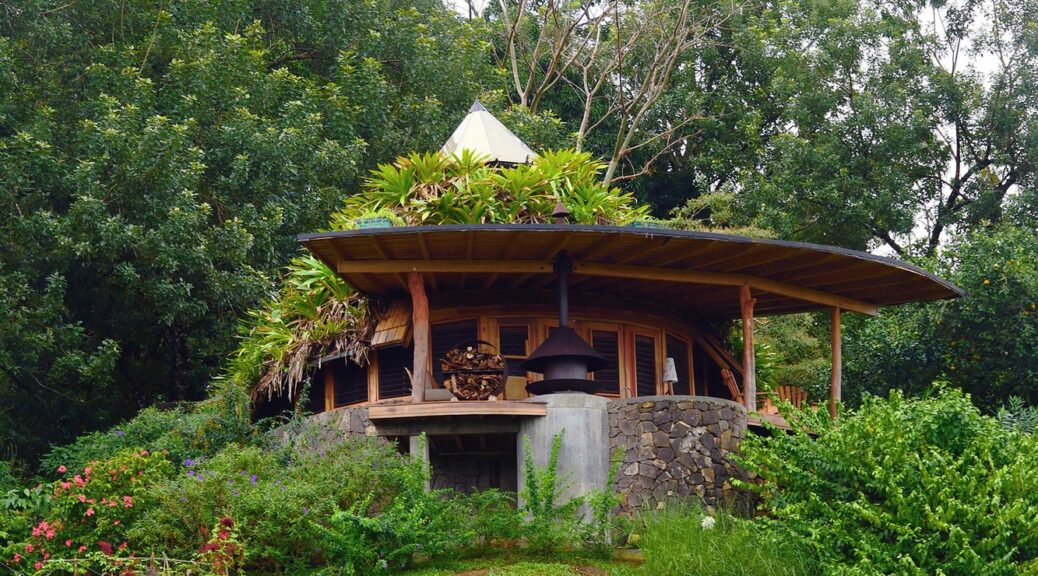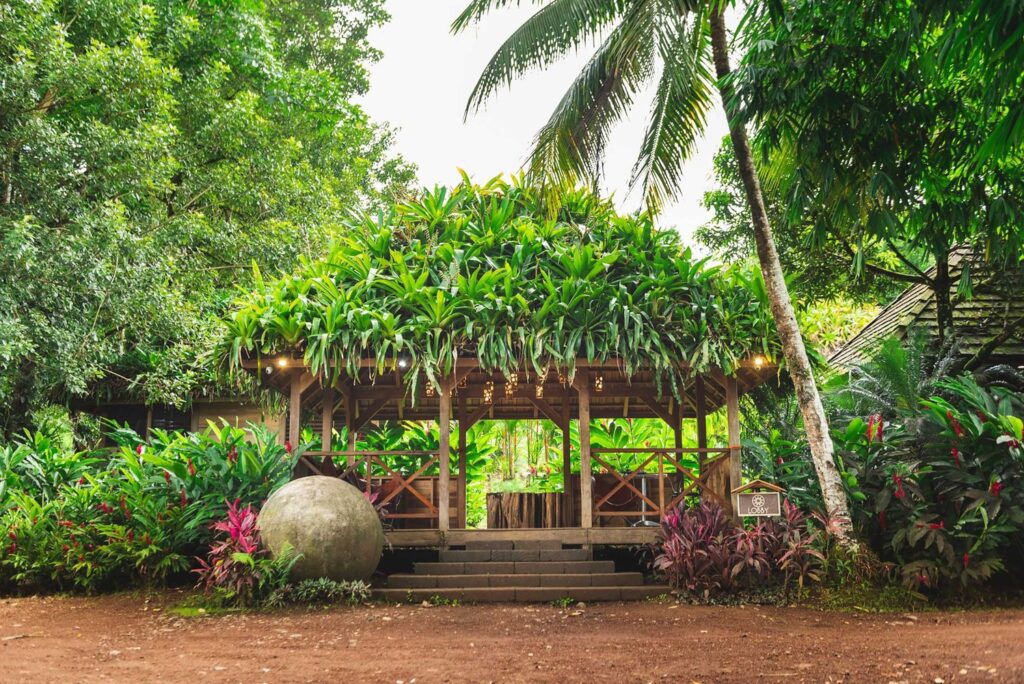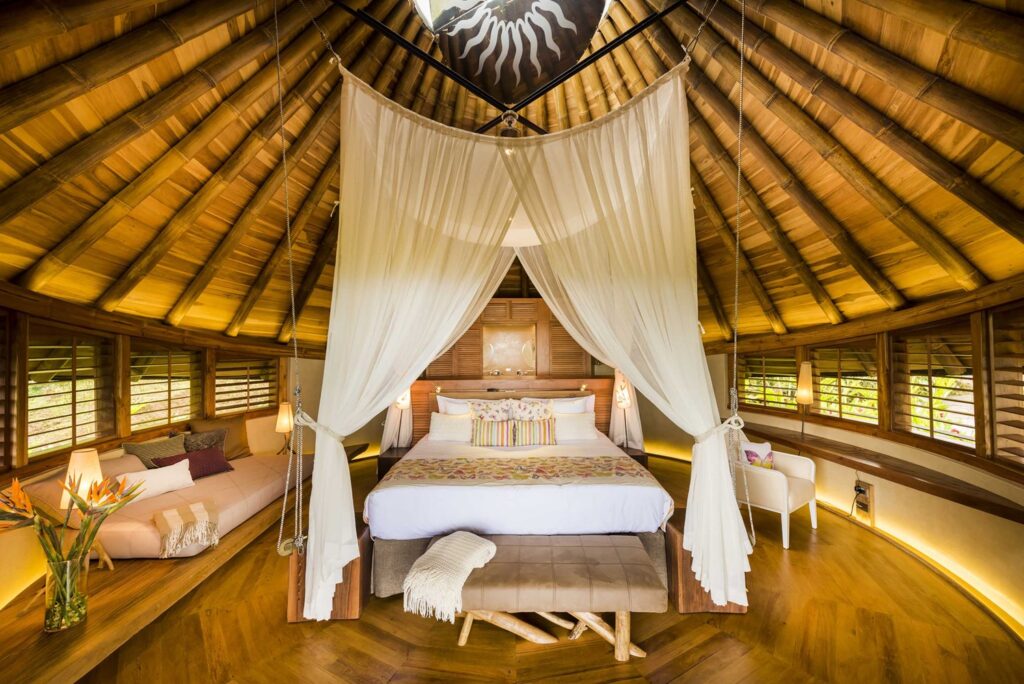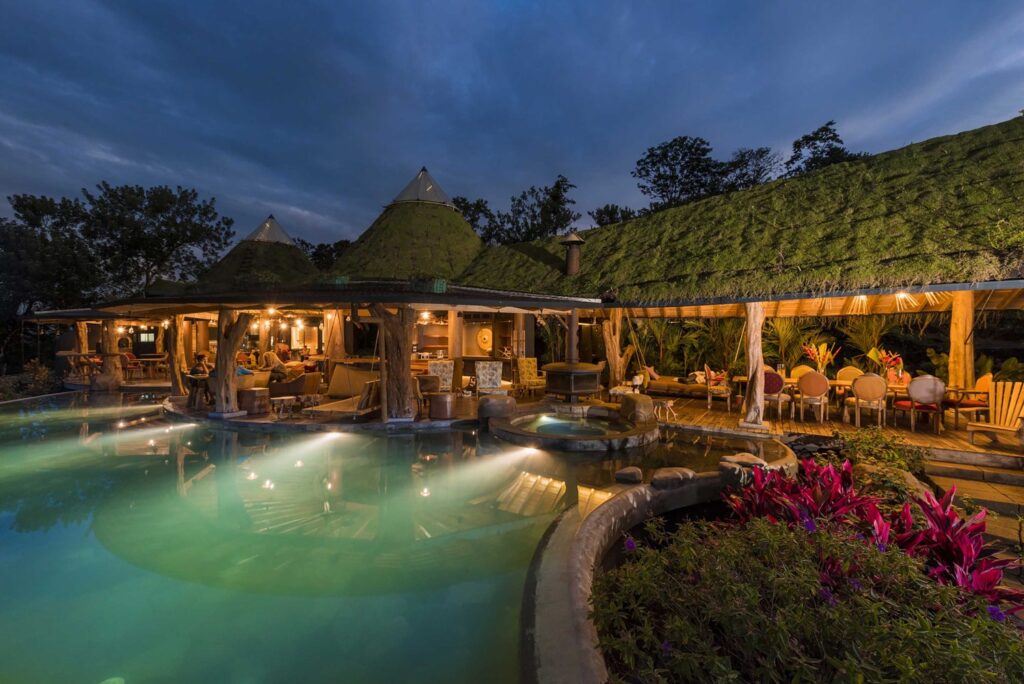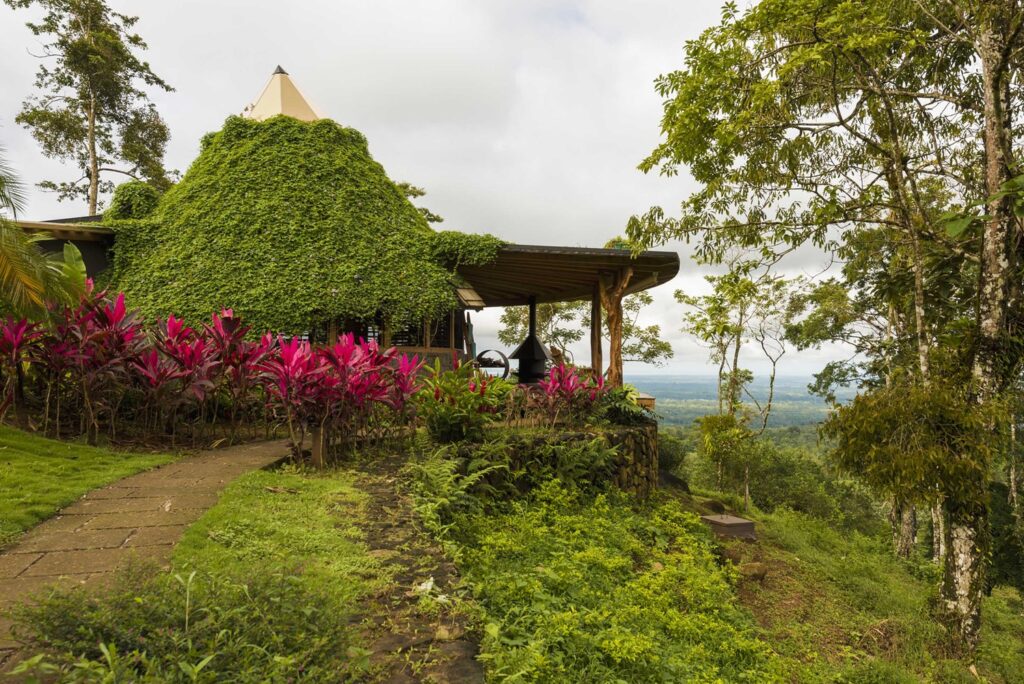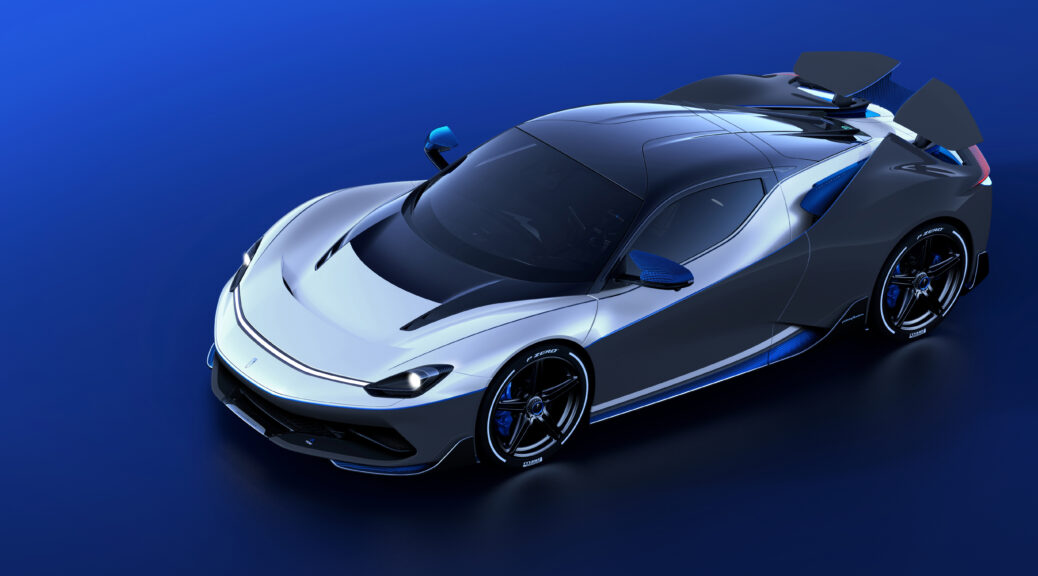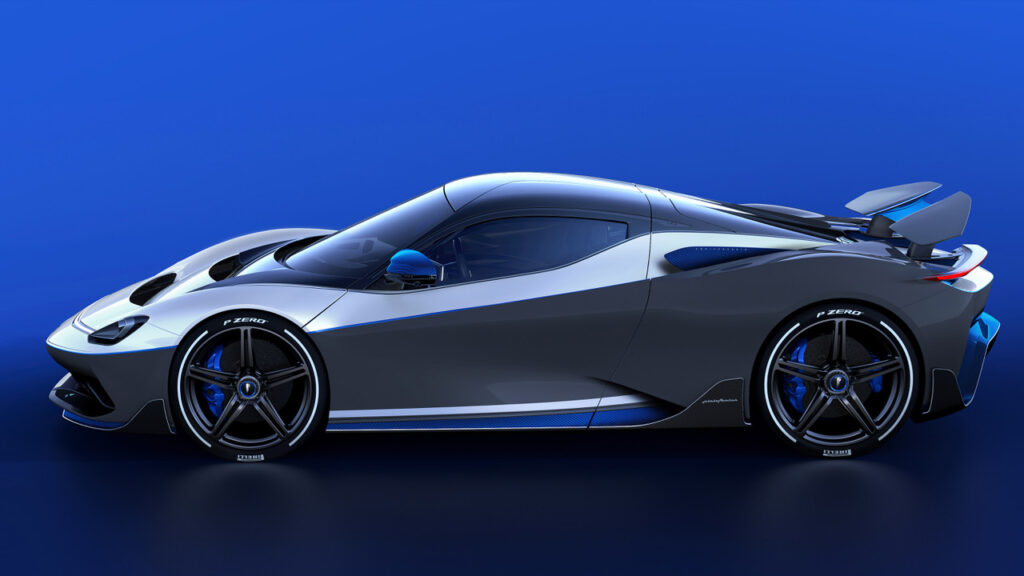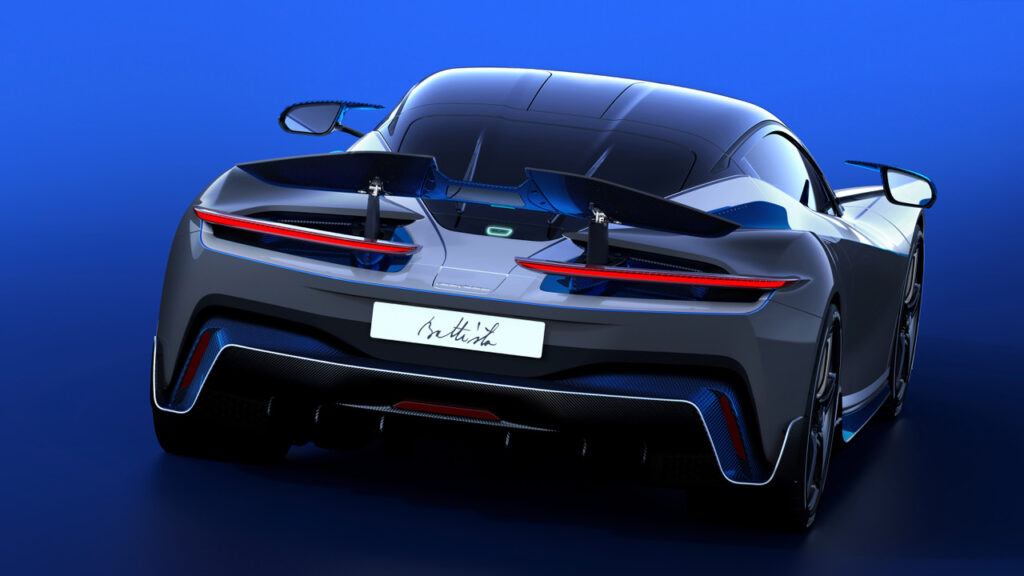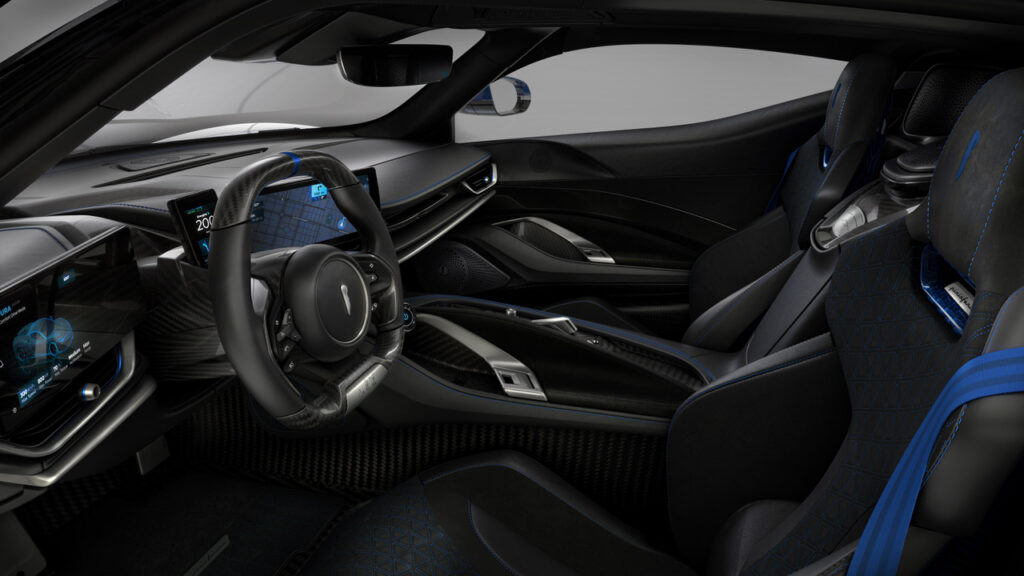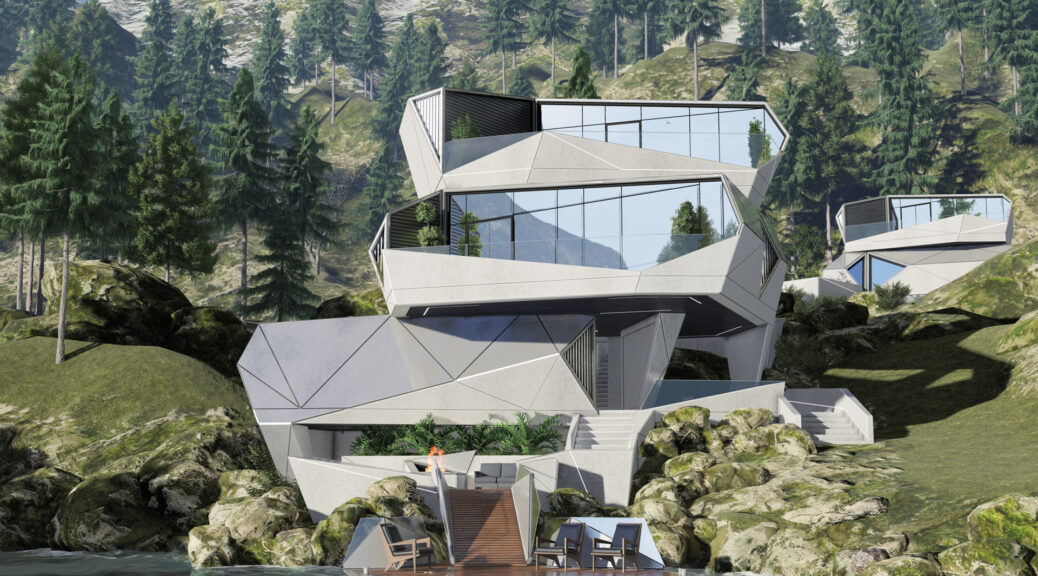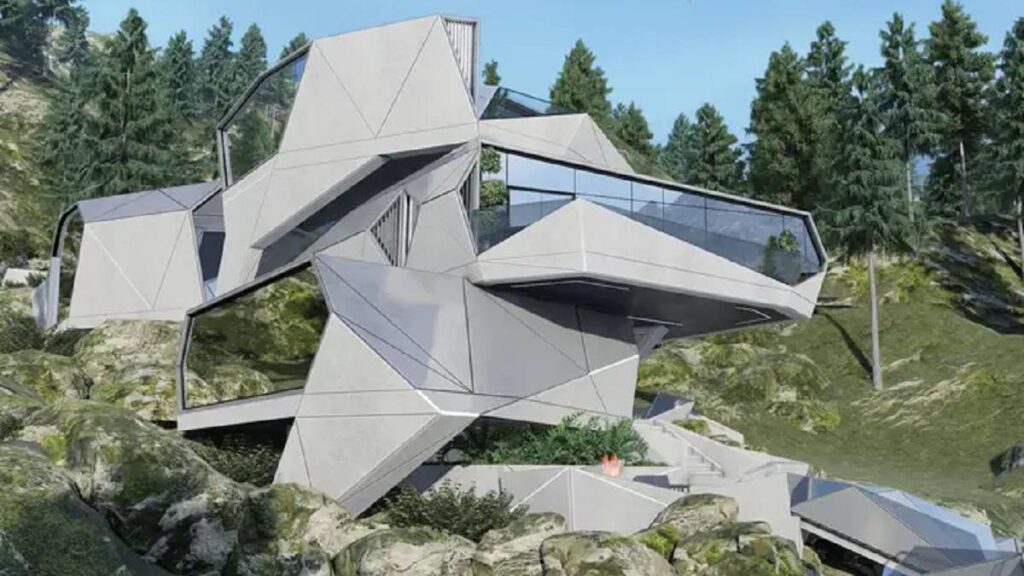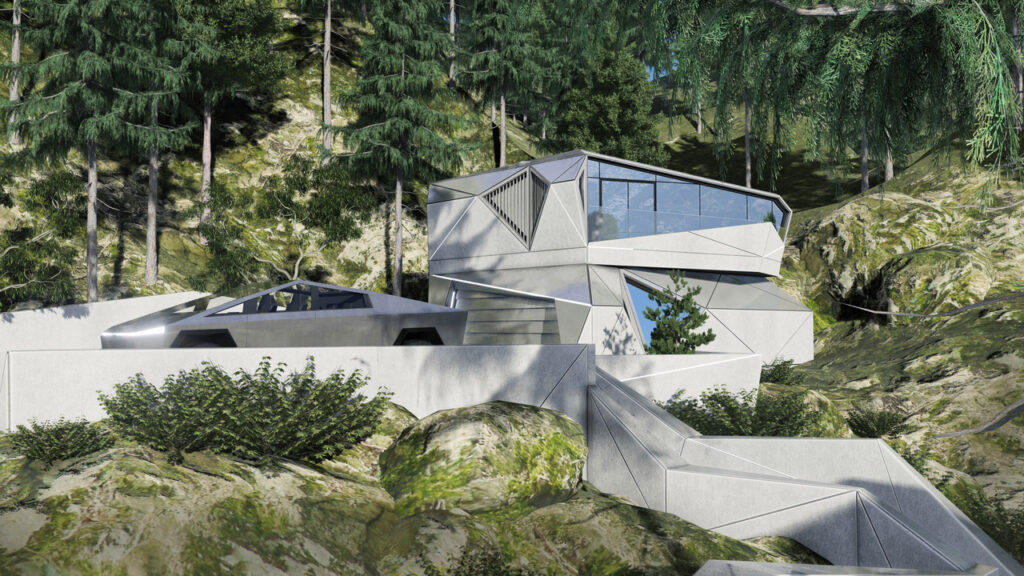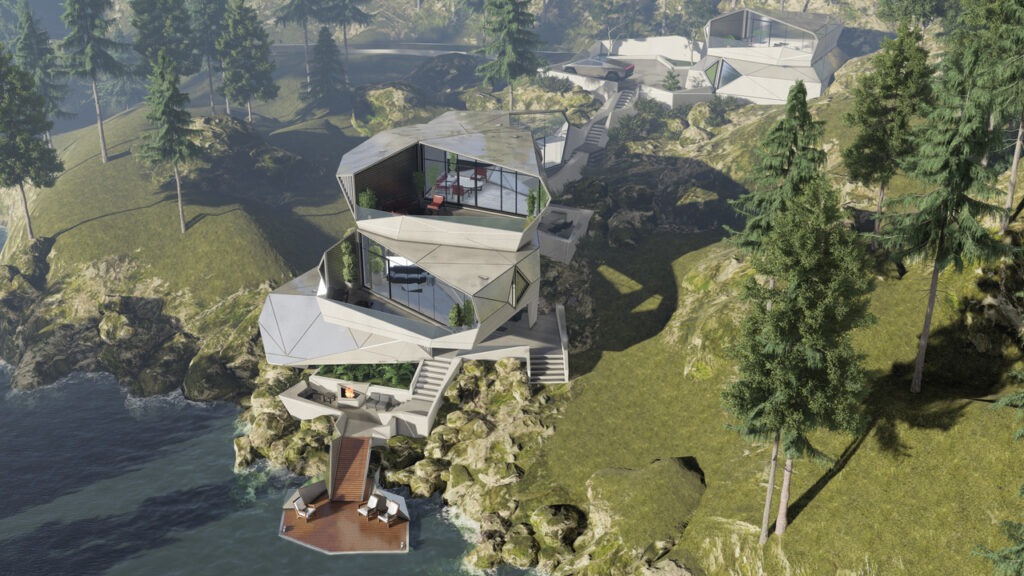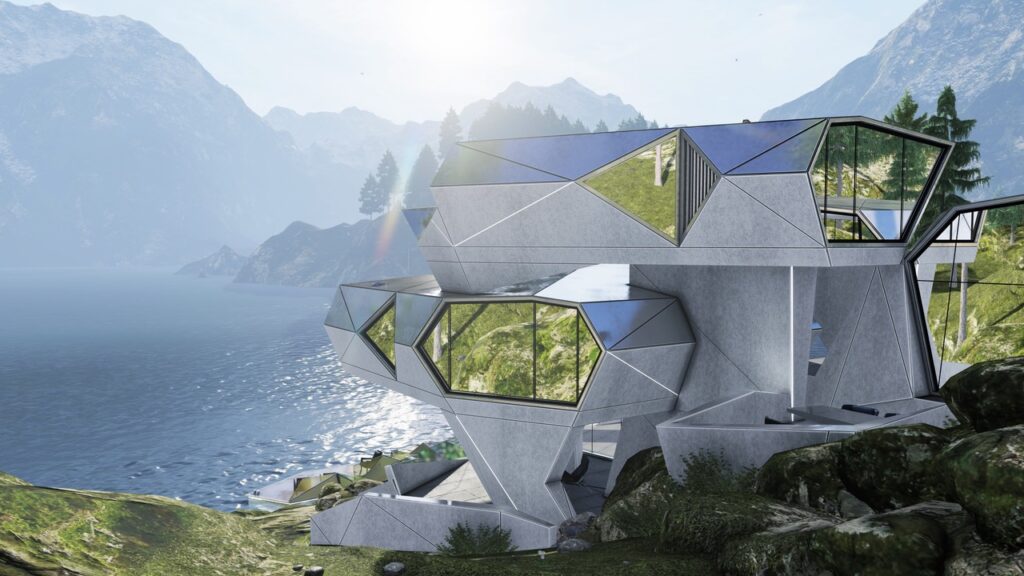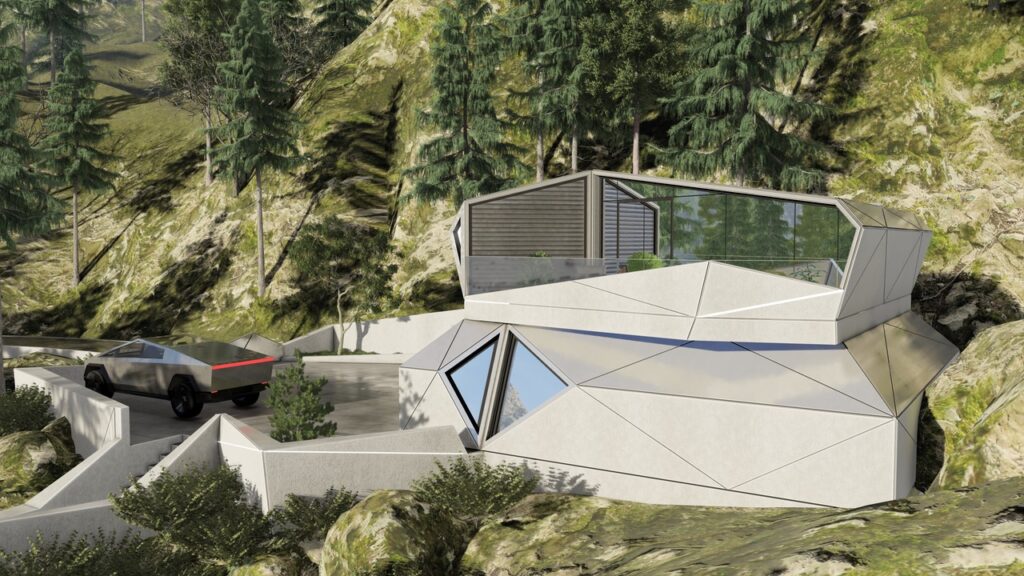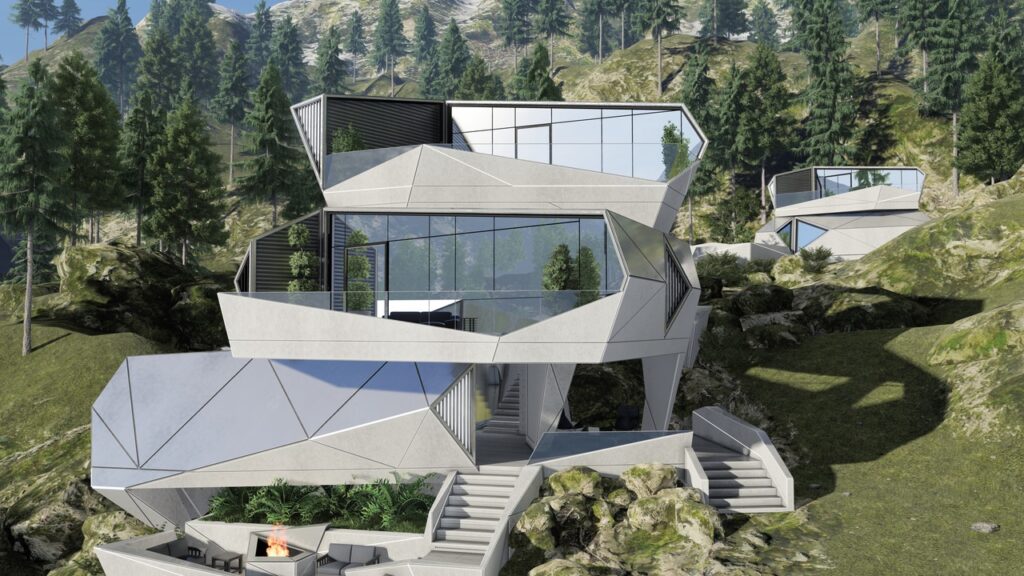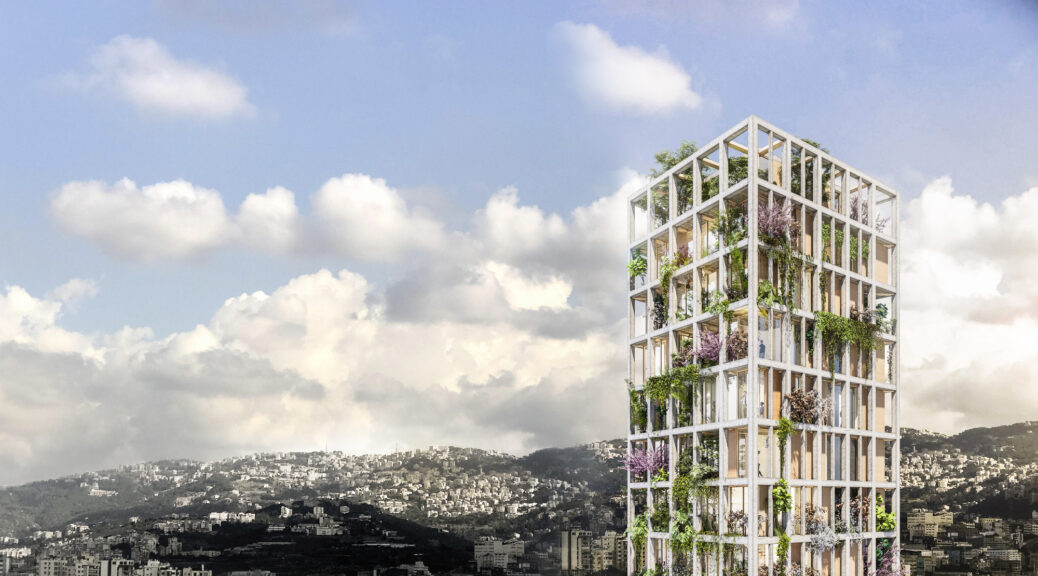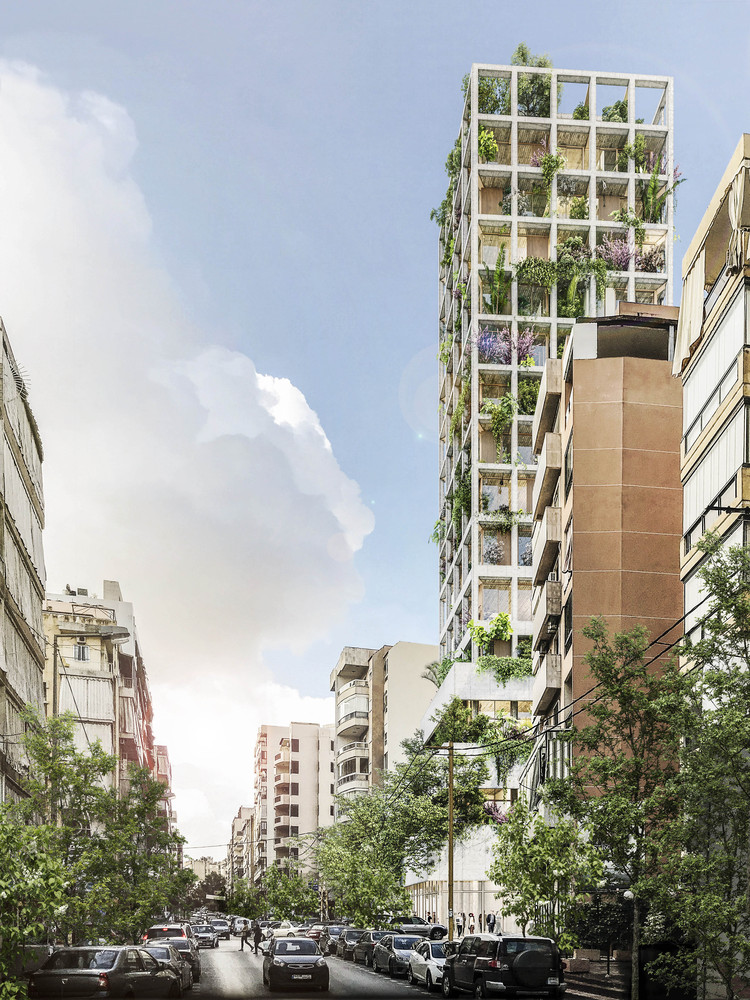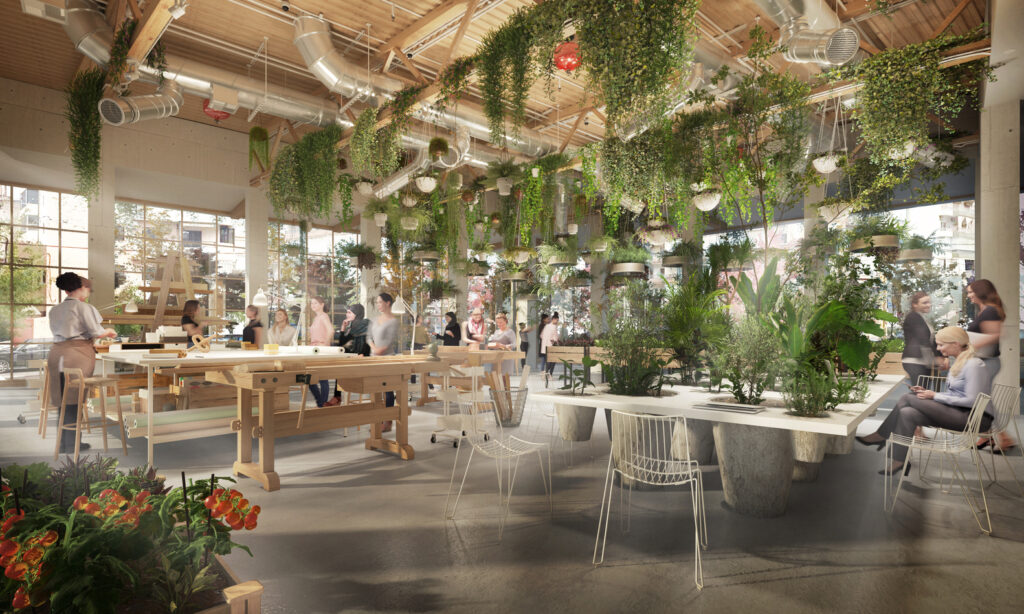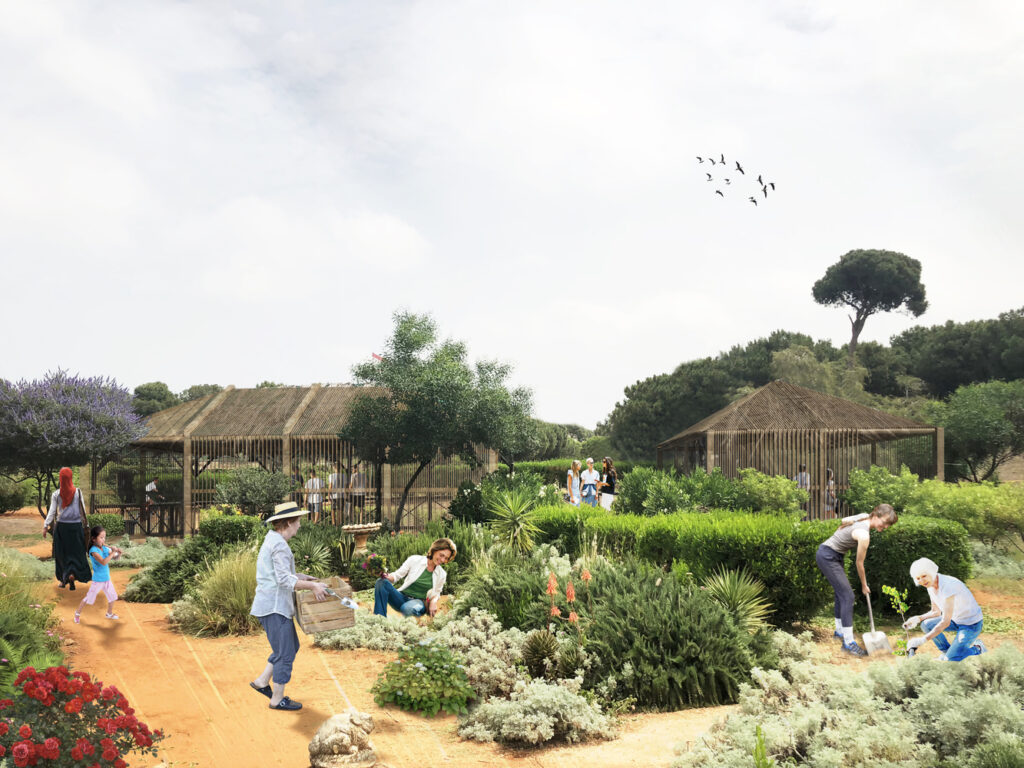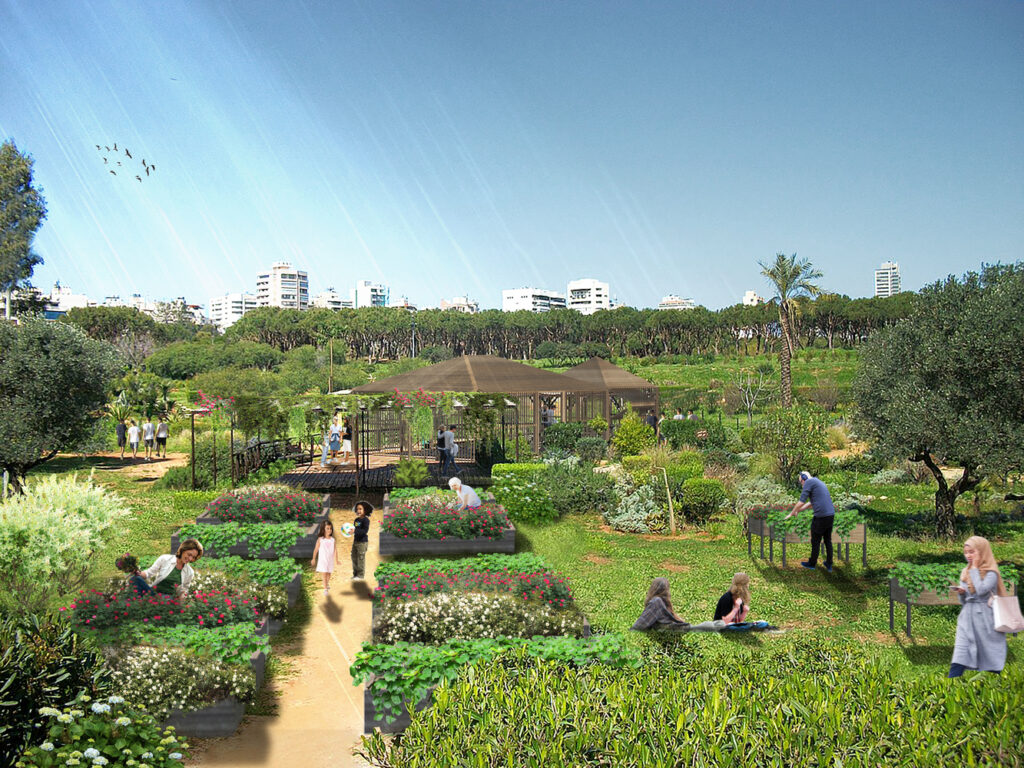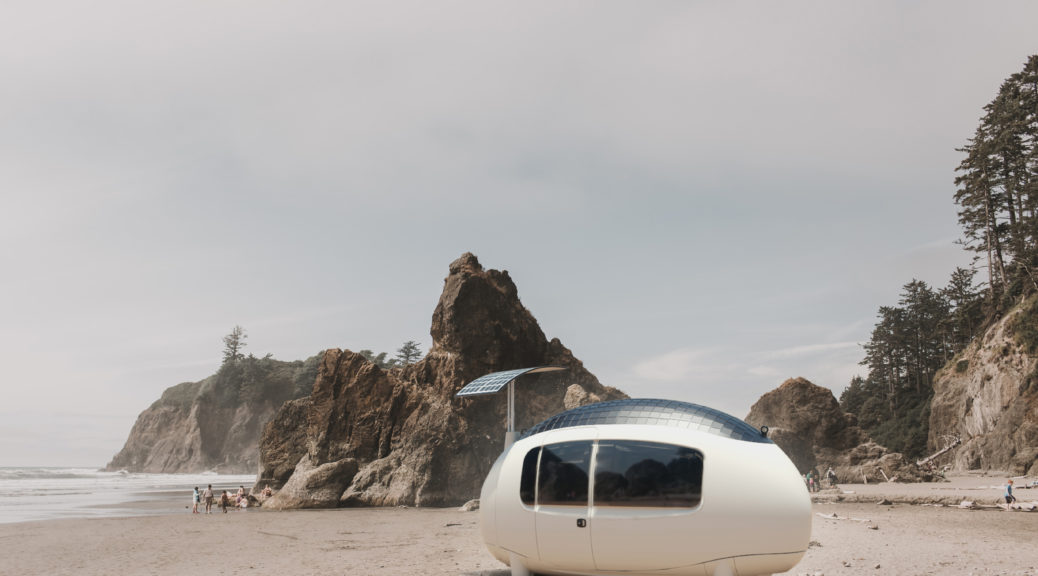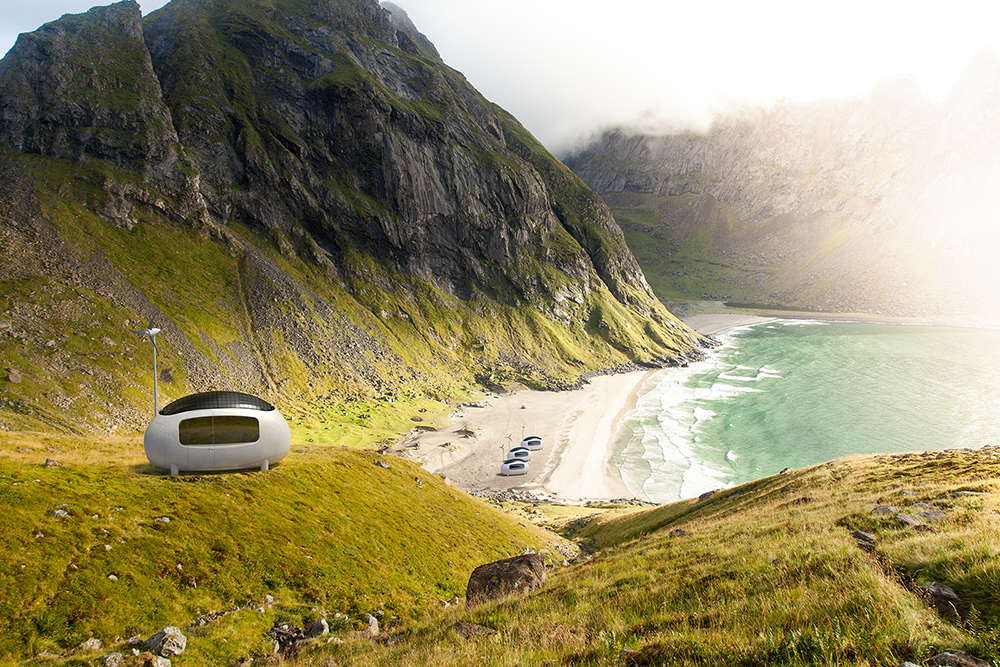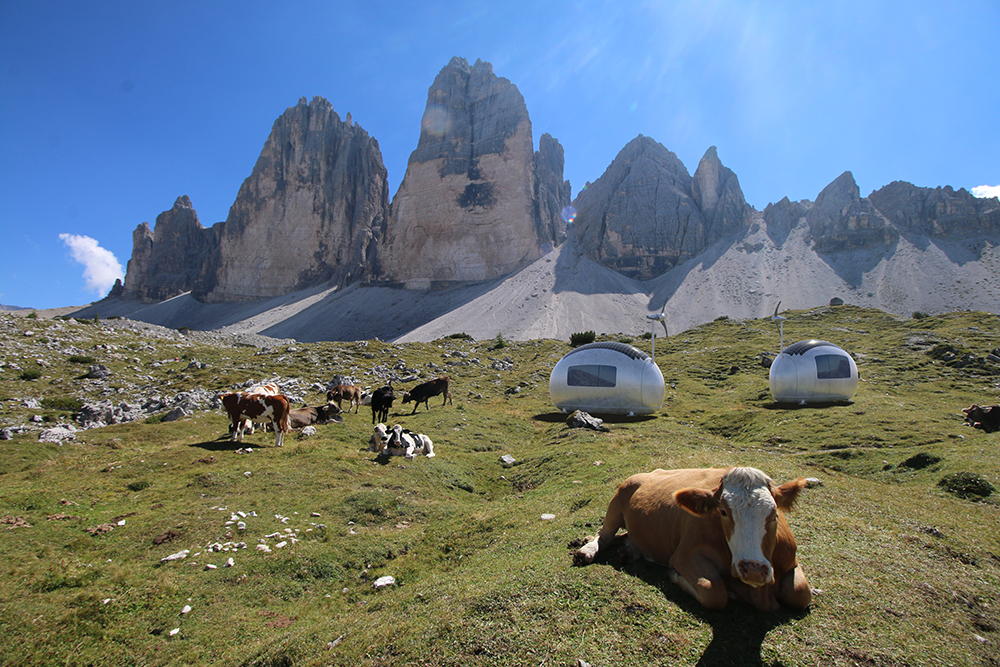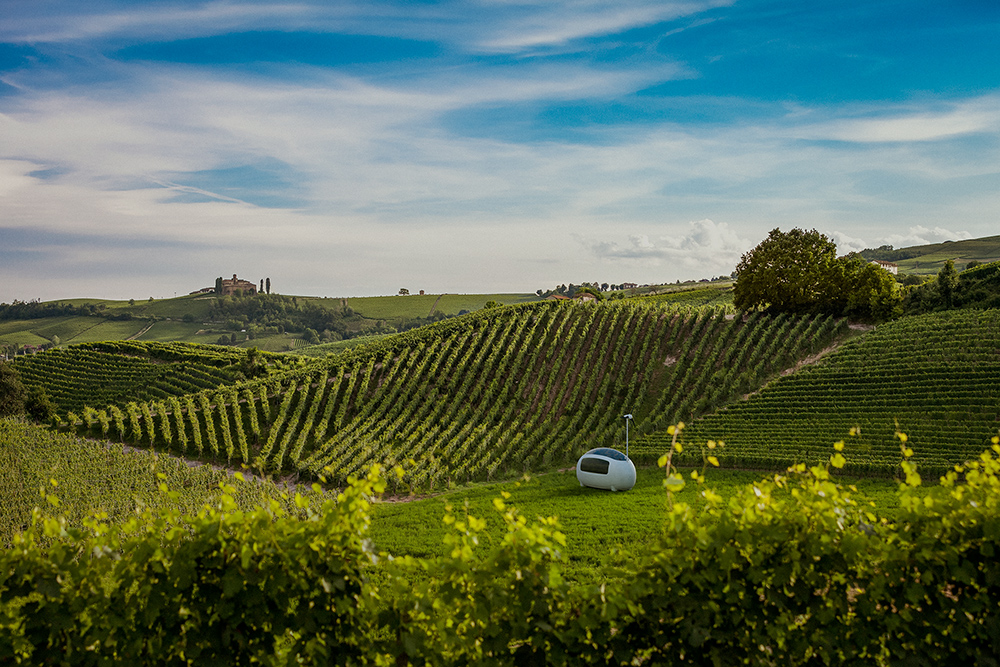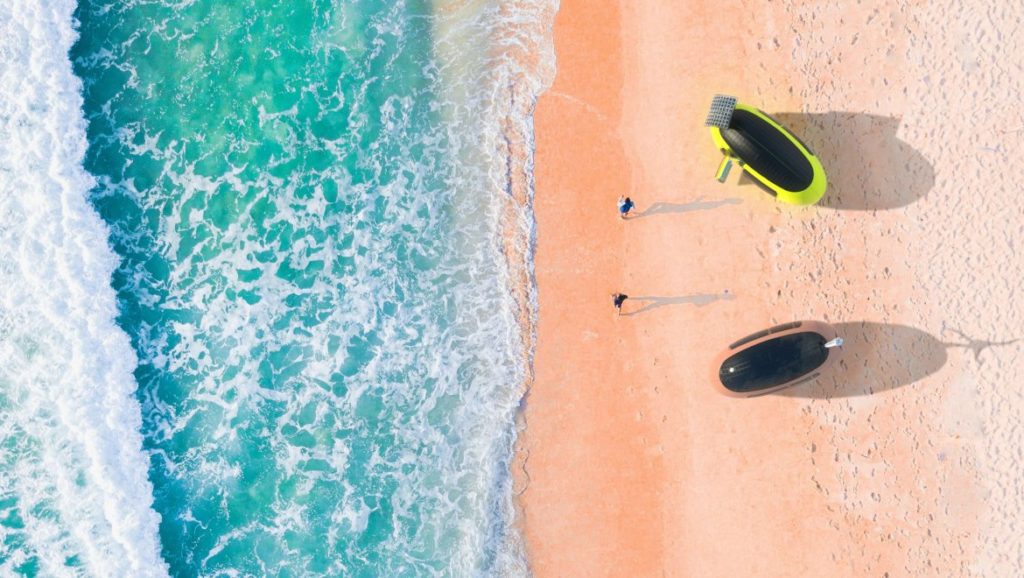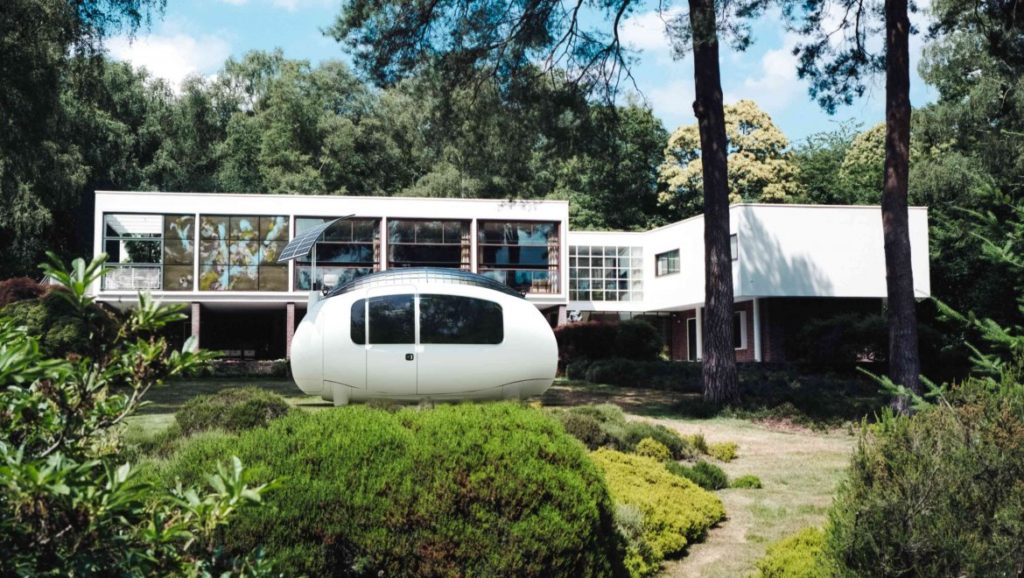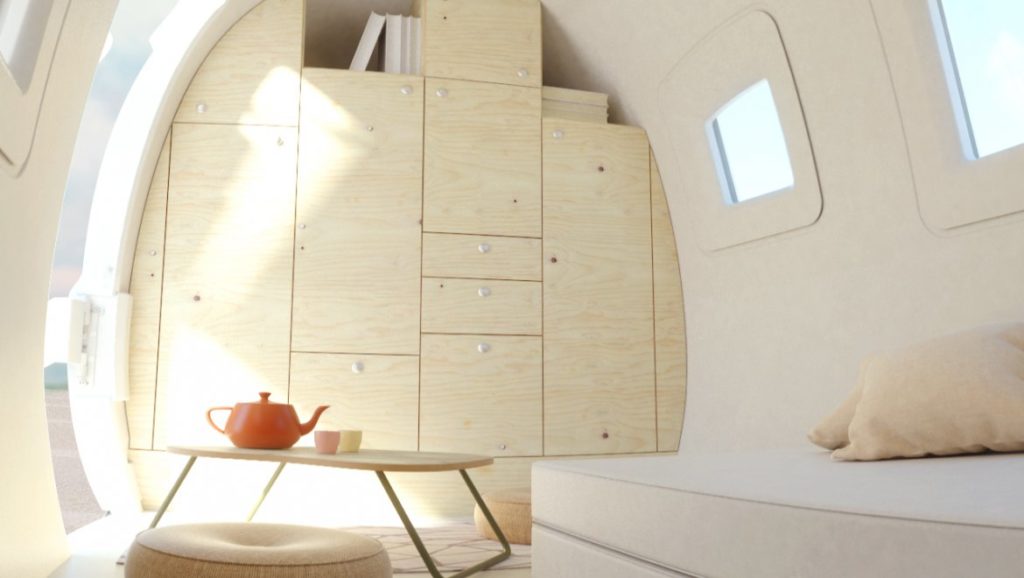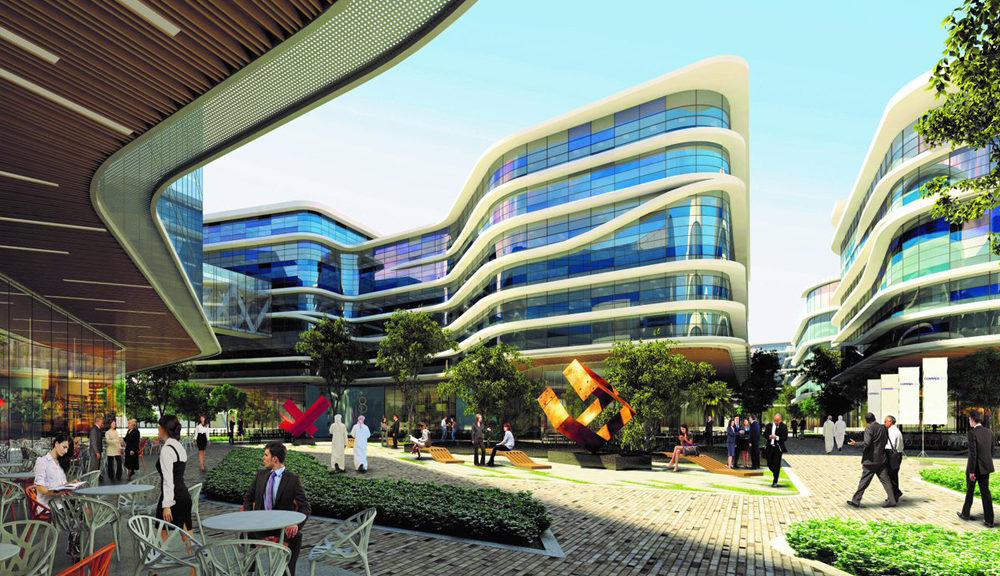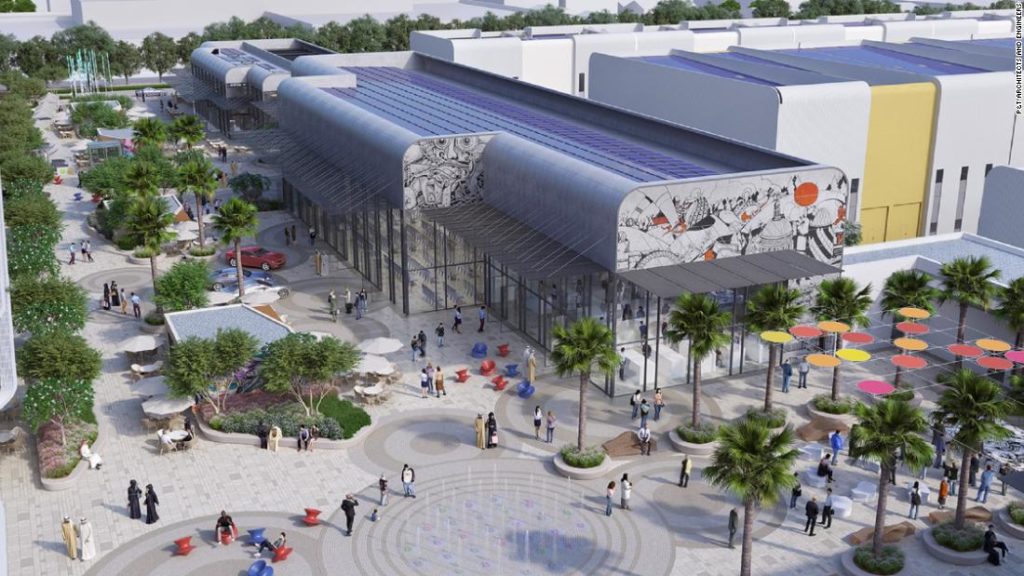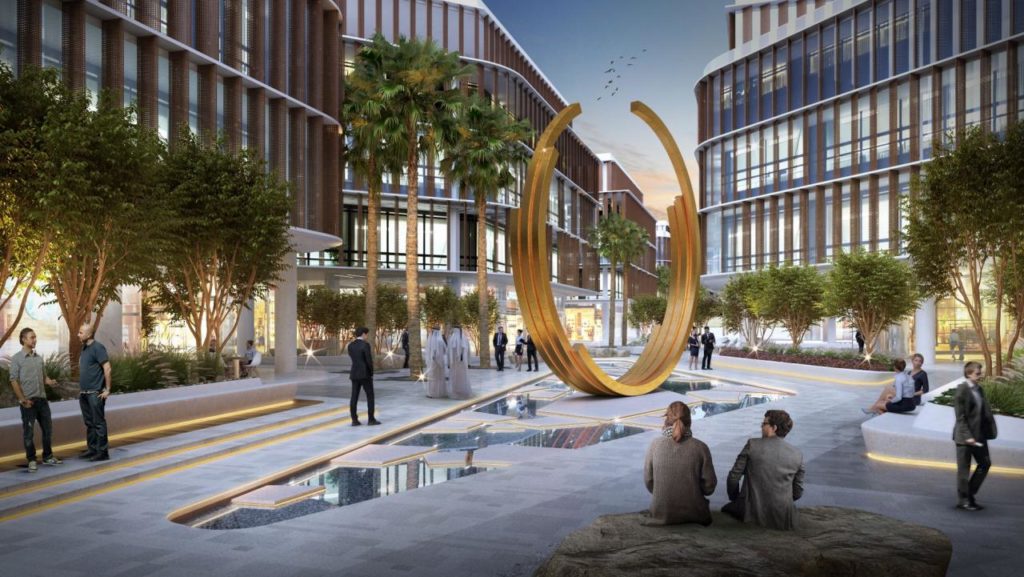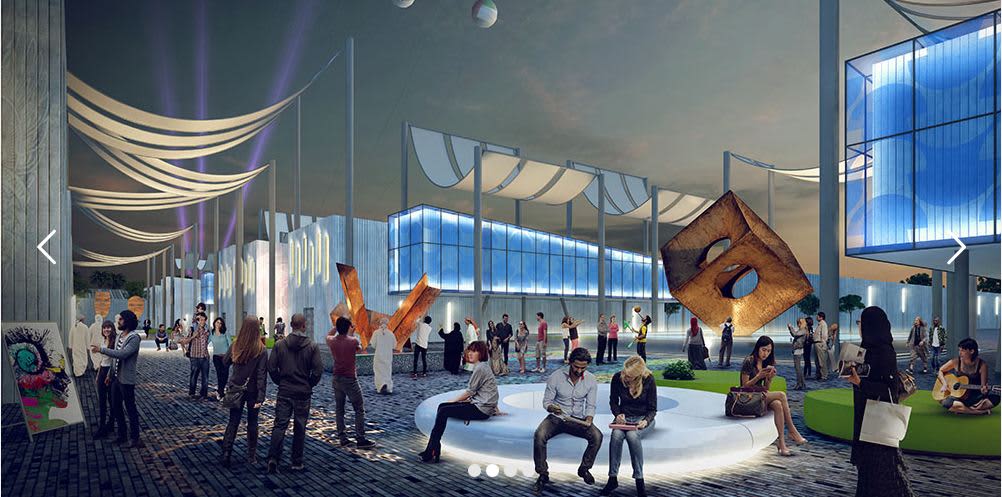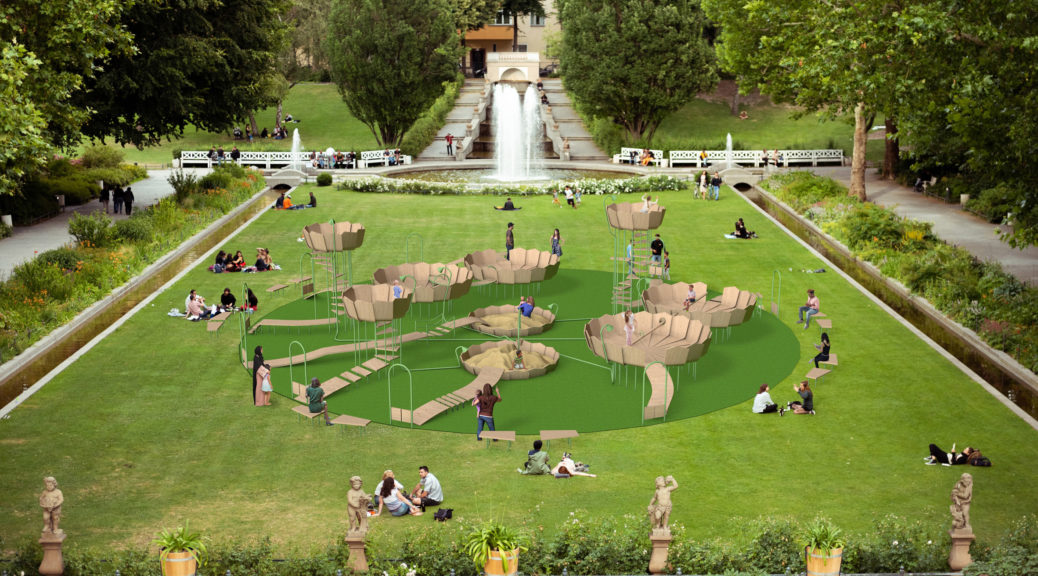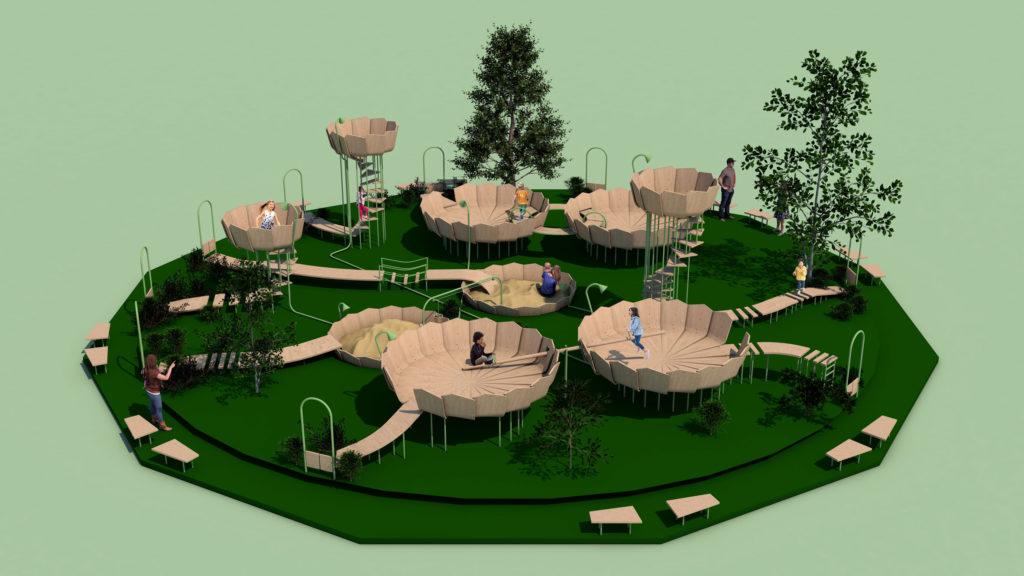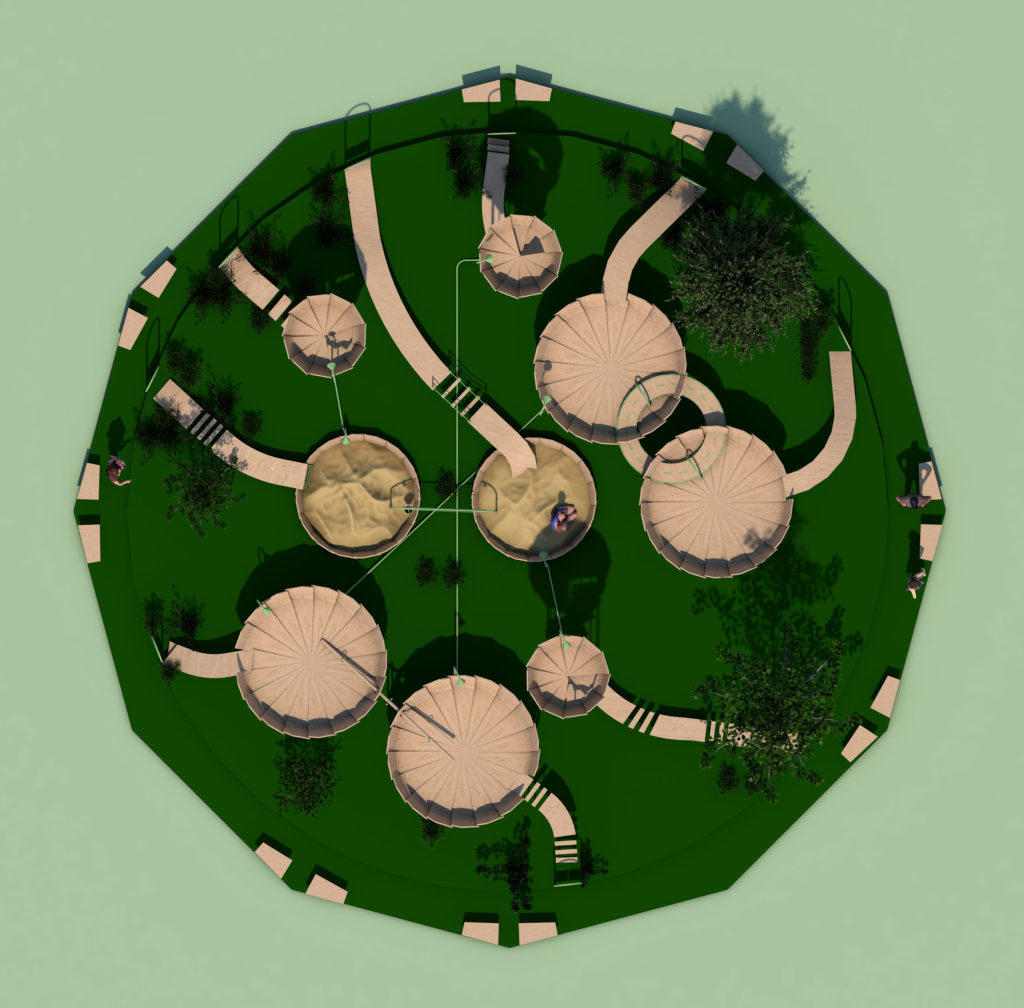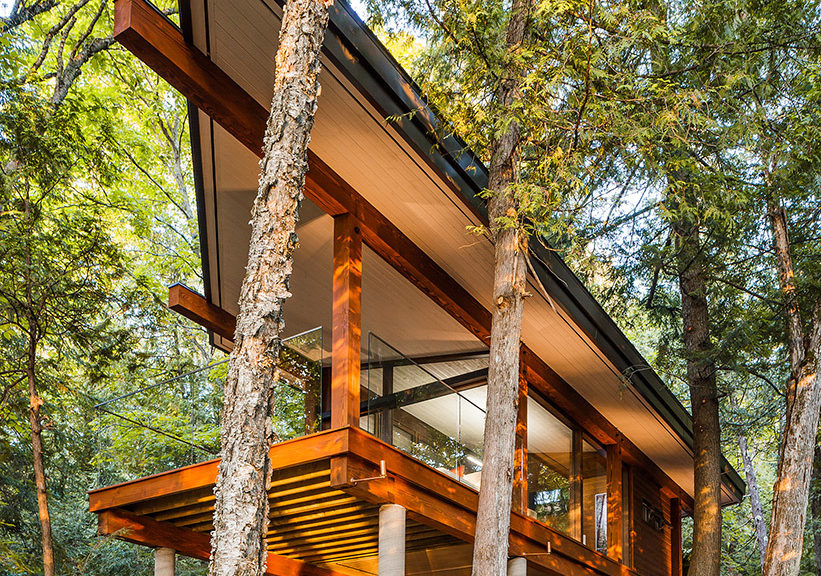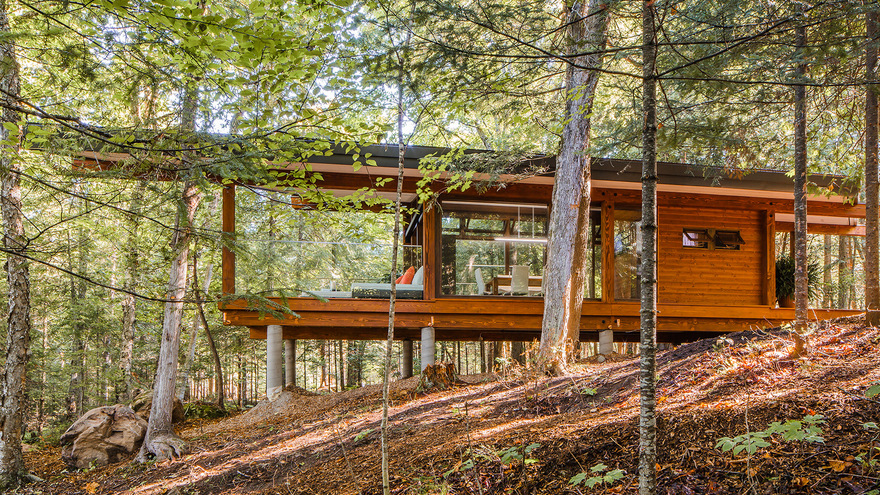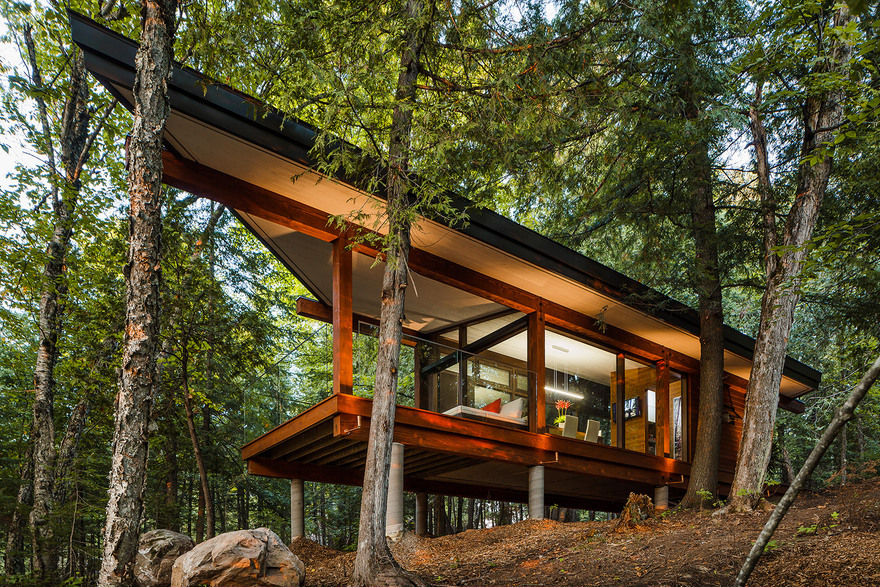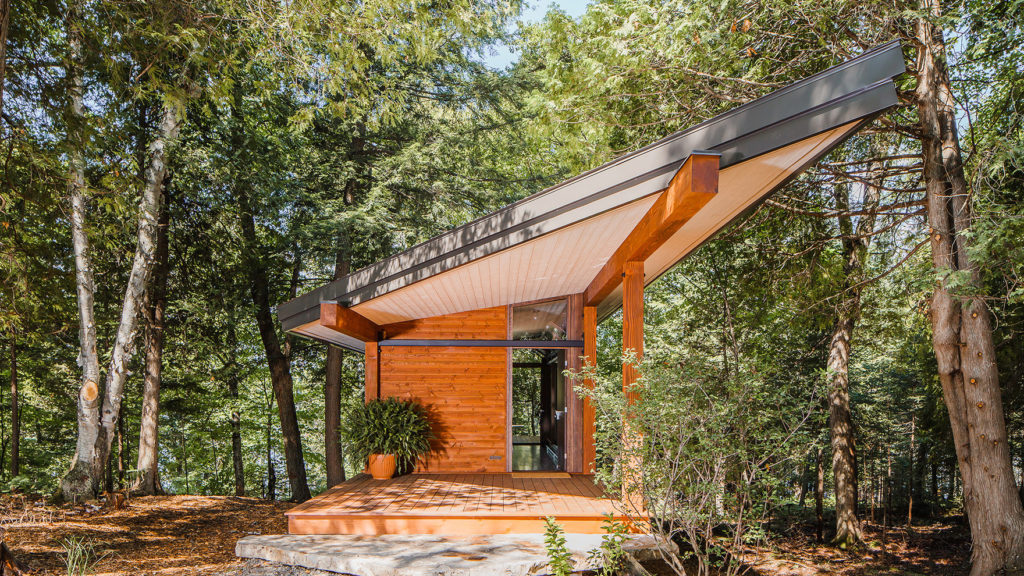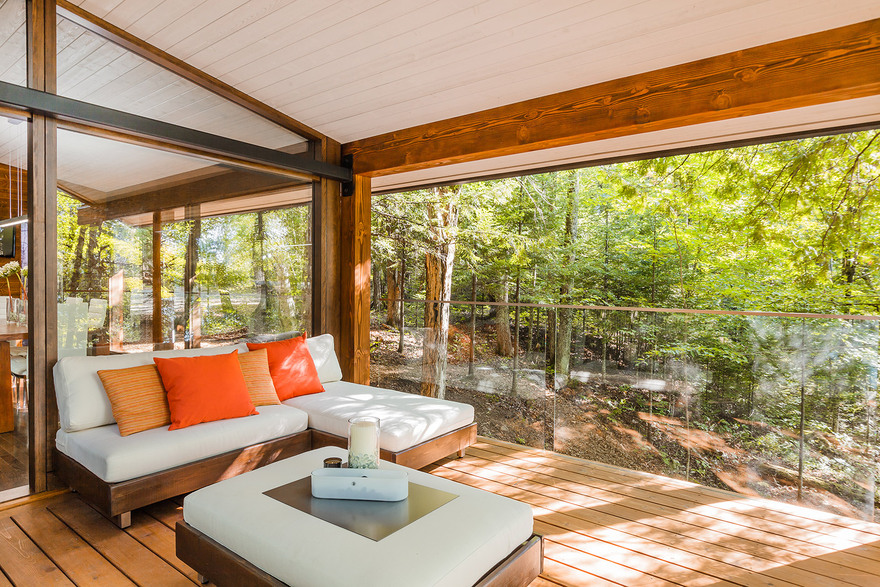BIG, HIJJAS AND RAMBOLL SELECTED AS WINNER OF PENANG STATE GOVERNMENT’S COMPETITION TO DESIGN PENANG SOUTH ISLANDS MASTERPLAN
BIG, Hijjas and Ramboll propose a vision for a new sustainable destination where cultural, ecological and economic growth is secured and where people and nature co-exist in one of the most biodiverse places on the planet at the southern shore of Penang Island: BiodiverCity.
Penang State Government initiated an international design competition in January 2020 to transform Penang South Islands into a sustainable, global destination, providing Penangites with approximately 4.6km of public beaches, 600 acres of parks and a 25km waterfront. BIG, Hijjas and Ramboll’s masterplan proposal – BiodiverCity – supports the Penang2030 vision with a clear focus on livability, on stimulating a socially and economically inclusive development, and on environmentally sustainability for future generations.

Penang’s vast biodiversity spans various topographies and protected environments which, in recent years, have seen its coastal zones and natural habitats disrupted by urban developments. In contrast, BiodiverCity is conceived as an Urban Mosaic of three diverse islands, and a set of urban design guidelines for mixing programs, addressing pedestrian and mobility networks, building sustainably and harvesting resources. The three islands bring together mixed-use districts of 15,000 to 18,000 residents across 50 to 500 acres, and a continuous 50 to 100m buffer around each district, establishing habitat connectivity and supporting edge ecologies in reserves, parks, corridors and urban plazas.
BiodiverCity will have an integrated system of localized water resources, renewable energy and waste management, tied altogether in a human-made ecosystem. Rather than design a city for cars, we designed BiodiverCity for waterways, rail and different kinds of personal mobility, forming a multi-modal environment of movement. The resultant urban landscape will be a celebration of Penang’s position as a truly global crossroads of the world – economically, ecologically and socially.” Bjarke Ingels, Founder and Creative Director, BIG-Bjarke Ingels Group.

The Channels, BiodiverCity’s first island, is constructed in three complementary phases: in Phase 1, Active Destinations include a wave pool and technology park; in Phase 2, a Civic Heart establishes governance and research institutions in the area; and in Phase 3, a Cultural Coast builds upon the heritage and vibrant creative energy of Penang’s George Town to create a regional and international draw. As the heart of the district, the Channels’ 500-acre digital park includes spaces for research, development and local business opportunities. Malaysia’s newest public destination will be the future home for conferences, education centers and a family-oriented park where locals and guests can explore the world of technology, robotics and virtual reality.
“At the south-end of Penang Island, BiodiverCity’s ecologically diverse landscape promotes co-existence with natural elements while giving ground for communal experiences rooted within Malaysian heritage. A network of biologically rich islands is scaled and programmed to accommodate diversity in social experiences for Penangites and newly established habitats for native plant and animal species.” Daniel Sundlin, Partner, BIG-Bjarke Ingels Group.

The Mangroves, BiodiverCity’s second and central island dedicated to businesses, is organized around a network of sheltered urban wetlands, creating suitable environments for its namesake Mangrove forests—an important natural infrastructure that doubles as effective powerhouses for sequestering more than four times as much carbon as a typical forest.
“Penang’s vibrant multicultural society and biodiverse ecosystem plays a vital role in the social, economic and physical well-being of its inhabitants. As the local architect and planner, we worked together with BIG and Ramboll to secure inclusivity across all levels, including people, culture, nature and land for Penangites. BiodiverCity is designed on this premise of ensuring a sound future and a new normal based on a social contract that puts us in harmony with nature and ensures inclusivity for all, both Penangites and the environment.” Serina Hijjas, Principal Architect, HIJJAS.
The buildings in BiodiverCity will be designed to perform efficiently and will to a large extent be constructed by low-carbon materials such as bamboo and Malaysian timber in combination with green concrete, a sustainable alternative comprised of industrial waste and recycled materials. By encouraging green roofs, facades, public and private open spaces, the islands can form a nearly continuous habitat mosaic feeding back into the forests, beaches, riparian zones and estuaries at the island’s edges.
“The Penang South Island vision includes an adaptive infrastructure management platform to harness the site’s renewable resources provided by the sun, wind, rain and ocean. The platform will be ‘plug-and-play’ and include governance to incentivize the use of emerging green technologies as part of an evolving resource management solution.” Shonn Mills, Global Director, Ramboll.

The Laguna, BiodiverCity’s westernmost island, is an oasis for ecological living, organized around a central marina. Eight smaller islands form a miniature archipelago, where floating, stilted and terraced housing takes advantage of the natural setting of Tanjung Gertak Sanggul, and where fisherman landing points can easily access the open waters by navigating each of the island’s waterways. Meanwhile, newly established marine habitats support biodiversity underwater by providing spawning grounds for native species, and recreational points and hatcheries support the local communities along Penang’s southern coast.

A web of ecological corridors connects forest reserves to coastal beaches while supporting habitats and communities across the islands. Within human-populated areas, animals are given safe passage through the continuous canopy and waterways, and within natural habitats, people can safely access elevated boardwalks.

Images by BIG-Bjarke Ingels Group
BiodiverCity supports a water, air and land-based autonomous public transportation network, aiming for a car free environment where streets serve as a safe and welcoming thoroughfare for bikers and pedestrians. Districts are efficiently connected below platforms to increase the efficiency of goods, services and regional mobility, while maximizing pedestrian safety throughout the public realm.
BiodiverCity is BIG’s latest masterplan unveiling following Toyota Woven City at the CES conference earlier this year. Last year, BIG presented Oceanix City at the United Nations high-level roundtable on Sustainable Floating Cities, bringing together innovators, explorers, marine engineers and scientists at the UN Headquarters to share ideas and solutions to the threat faced by coastal cities and countries due to rising sea levels.







